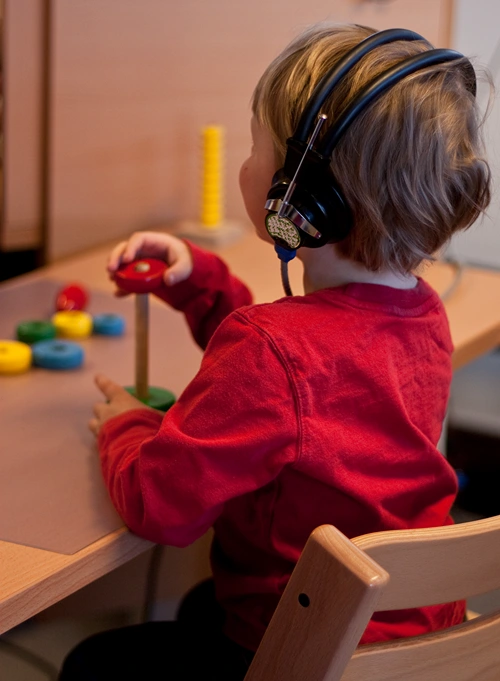Travel Prepared: Incorporating Microchips into Your Pet Travel Checklist
Planning a trip with your pet involves careful preparation, from booking pet-friendly accommodations to packing essential supplies. One of the most crucial aspects of travel preparation is ensuring your pet’s identification is secure and up to date.
Incorporating microchips into your pet travel checklist not only safeguards your furry friend but also streamlines any potential emergency or lost pet scenarios. So, let’s explore the benefits of microchip integration during travel, pairing microchips with other identification methods, and how technology can further support your pet’s safety on the road.
Benefits Of Microchip Integration in Travel
Traveling with a pet presents unique challenges, especially when it comes to identification and reunification if your pet goes missing. Microchip integration enhances pet safety during travel in several ways:
- Permanent Identification: Unlike collars or tags, which can be lost or removed, microchips provide permanent identification that stays with your pet regardless of circumstances. Once implanted, a microchip ensures that if your pet is found, the finder or veterinarian can quickly scan the chip to retrieve your contact information and facilitate a reunion.
- Quick Reunification: Being lost in unfamiliar territories, airports, or train stations can be stressful for both pets and owners. A microchip increases the chances of a swift reunion because vet clinics and shelters are equipped with scanners to read microchips. This speeds up the process of contacting you directly, even if your pet is far from home.
- Peace of Mind: Knowing that your pet has a reliable form of identification allows you to focus on enjoying your trip rather than worrying about what might happen if your pet escapes or gets lost. This assurance is invaluable and contributes to a more relaxed travel experience.
Integrating microchips into your travel routine means you should also keep your pet’s identification details current. For instance, ensuring timely dog microchip registration makes sure that your contact information is up-to-date in the microchip database. This step is critical, as outdated information can hinder quick recovery efforts should your pet go missing.
Pairing Microchip with Other Identification Methods
While microchips offer a permanent solution, pairing them with additional identification methods creates a robust safety net for your pet during travel:
- Collars and Tags: Along with a microchip, equip your pet with a collar bearing tags that include your contact details. If someone finds your pet, these tags can provide immediate guidance on how to reach you. The combination of visible identification and a microchip ensures multiple avenues for your pet to be identified.
- GPS Devices: Modern technology allows you to pair microchips with GPS tracking devices, such as a gps for dogs. These devices offer real-time tracking, enabling you to monitor your pet’s location throughout your journey. In the event your pet strays or gets lost, a GPS collar can quickly narrow down their whereabouts, complementing the information available from the microchip.
- Digital Photos and Descriptions: Keep a digital record of your pet’s appearance, including distinctive features, which can be shared widely on social media or with local shelters if your pet disappears. Combining this with a microchip’s information creates a comprehensive profile that can greatly aid in recovery.
Understanding how to track my dog is also beneficial when pairing microchips with GPS devices. Learning effective tracking techniques and using reliable technology provides an additional layer of security, ensuring you can locate your pet quickly if they wander off.
Conclusion
Traveling with your pet is a joyful experience that comes with responsibilities, especially regarding safety and identification. Incorporating microchips into your pet travel checklist is a smart strategy that offers permanent identification, quick reunification, and peace of mind. By pairing microchip technology with other identification methods such as collars, tags, and GPS devices, you create a multi-layered safety net that ensures your pet remains secure throughout your journey.
Regularly updating dog microchip registration details and staying informed about tracking technologies—like how to track my dog and leveraging gps for dogs—fortifies your travel preparations. This integrated approach not only enhances your pet’s safety but also enriches your travel experience, allowing you to focus on creating lasting memories with your furry companion.









